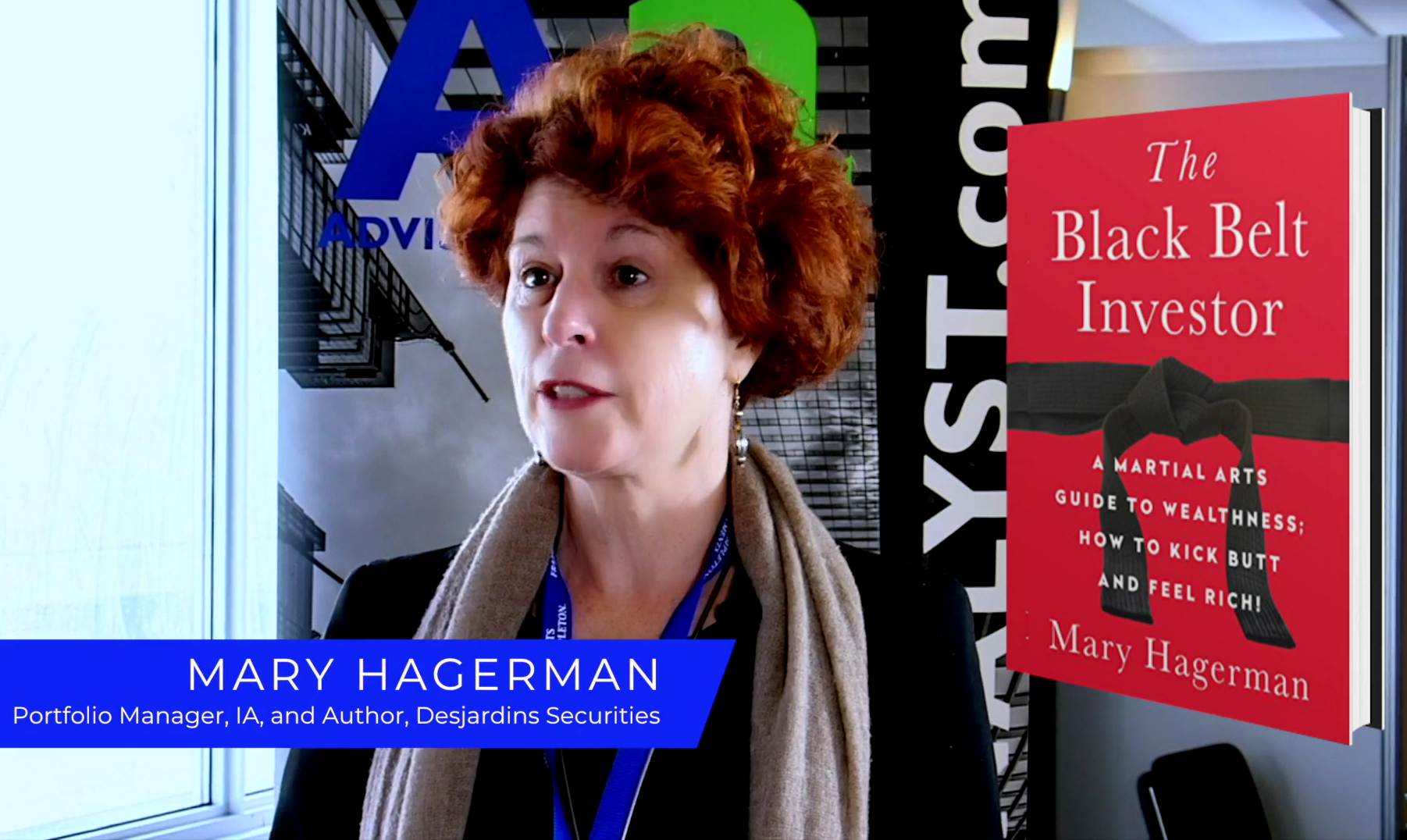5 Steps to Navigating the Fee Conversation with Clients
by Commonwealth Financial Network
 Have you ever had a client question your practice’s advisory fee and been unsure how to respond? If so, you’re certainly not alone. In fact, for many advisors, navigating the fee conversation with clients can be surprisingly difficult, regardless of whether you’re implementing a new advisory fee schedule or announcing changes to an existing fee structure. How can you address the topic of fees in a clear, genuine way that puts your clients’ concerns to rest? Below, I’ll share some simple steps to help you talk about fees with ease and use the conversation as an opportunity to reinforce the value you provide.
Have you ever had a client question your practice’s advisory fee and been unsure how to respond? If so, you’re certainly not alone. In fact, for many advisors, navigating the fee conversation with clients can be surprisingly difficult, regardless of whether you’re implementing a new advisory fee schedule or announcing changes to an existing fee structure. How can you address the topic of fees in a clear, genuine way that puts your clients’ concerns to rest? Below, I’ll share some simple steps to help you talk about fees with ease and use the conversation as an opportunity to reinforce the value you provide.
The intention of this first step is to add clarity to the fee conversation. You’ll want to consider the following questions:
- How frequently do you talk about your advisory fee with clients?
- Is it just at the beginning of your relationship, or do you discuss it each time you meet?
Talk about your fee at your initial meeting and every time you meet with clients. The better your clients understand the services you provide and what they’re paying for, the less likely they’ll be to question your fee.
Clarity is crucial. At one of Commonwealth’s in-house coaching programs, Power in Practice, we offer a presentation on fees. Afterward, Joni Youngwirth, managing principal, practice management, typically asks advisors to role-play a conversation with a client. She acts as the client, and the mock discussions revolve around adjusting advisory fees. During these sessions, I’ve noticed that some advisors tend to ramble or use industry jargon that can both irritate and confuse clients.
When discussing your fee, remember that long responses can seem insincere, while keeping your explanation short and simple, with language clients understand, can help build trust. For example, it’s better to talk in terms of actual dollars than of basis points. Ultimately, the goal is to clearly articulate the services included in your fee and how the fee is calculated.
Another step you can take to help ensure that your clients are clear about your fees is to have a written fee schedule. As a key component of your practice, your fee schedule can:
- Explain fee structure
- Provide transparency
- Help maintain profitability
When implementing a new advisory fee schedule, consider the average fees charged by your competitors, as well as the value of your time and the services you plan to include in your fee. Be sure to list all of the services covered by the fee on your schedule, as this will help emphasize the value that you provide. It’s important that you charge fees that are profitable enough to support your company’s infrastructure—and are fair to your clients.
If a client questions your fee, your first reaction might be to become defensive. But it’s important to move away from that mind-set. Instead, be confident and genuine while not underplaying all that you do for your clients.
Do you consistently deliver the services that you promise? Do you believe that you are worth the fee? The answer to both questions will likely be “yes.” You earn your fee and deserve to get paid for what you do. And your experience and credentials help justify what you are worth.
Keep in mind that just because a client inquires about your fee, it doesn’t mean that he or she wants you to lower it. Perhaps he or she is merely looking for clarification and truly doesn’t understand how the fee schedule works.
Remind clients of what you have provided throughout your relationship and bring up specific examples. Here, you’ll want to stress how essential your financial and investment planning processes have been to your clients’ success and how you and your firm have helped them achieve their financial goals.
This is another opportunity to talk about added value, highlighting the amount of time and effort that you and your staff put into the relationship. Again, be specific. It’s your responsibility to help clients make more informed decisions.
The ability of robo-advisors to provide low-cost investment solutions may cause some clients to question your fees. Robo is just a web interface for do-it-yourself investing, however, and it can’t provide what real, live financial advisors consistently deliver for their clients. And clients seem to understand this, as, according to a recent post from Michael Kitces, robos “have failed to capture even 0.1 percent of market share of consumer investable assets.”
As a human advisor, you protect your clients from themselves—helping to remove the emotion from financial decision-making and guiding clients to make better, more informed choices. By offering services that go beyond mere investment management, you’re well positioned to beat the robo-advisor competition.
With these steps to guide you, navigating the fee conversation with clients doesn’t have to be such a challenge. Ultimately, clients will make the choice to work with you based on the services you provide, your trustworthiness, and the quality of their relationship with you. If you can show your clients just how essential your services are to their financial well-being and leave them feeling confident in the honesty of the work you do, your fee should no longer be a cause for concern.
What strategies do you use to make navigating the fee conversation with clients more comfortable? How do you prepare to handle client concerns before implementing a new fee schedule? Please share your thoughts with us below.
Editor’s Note: This post was originally published in October 2015, but we’ve updated it to bring you more relevant and timely information.
Commonwealth Financial Network is the nation’s largest privately held independent broker/dealer-RIA. This post originally appeared on Commonwealth Independent Advisor, the firm’s corporate blog.
Copyright © Commonwealth Financial Network


















